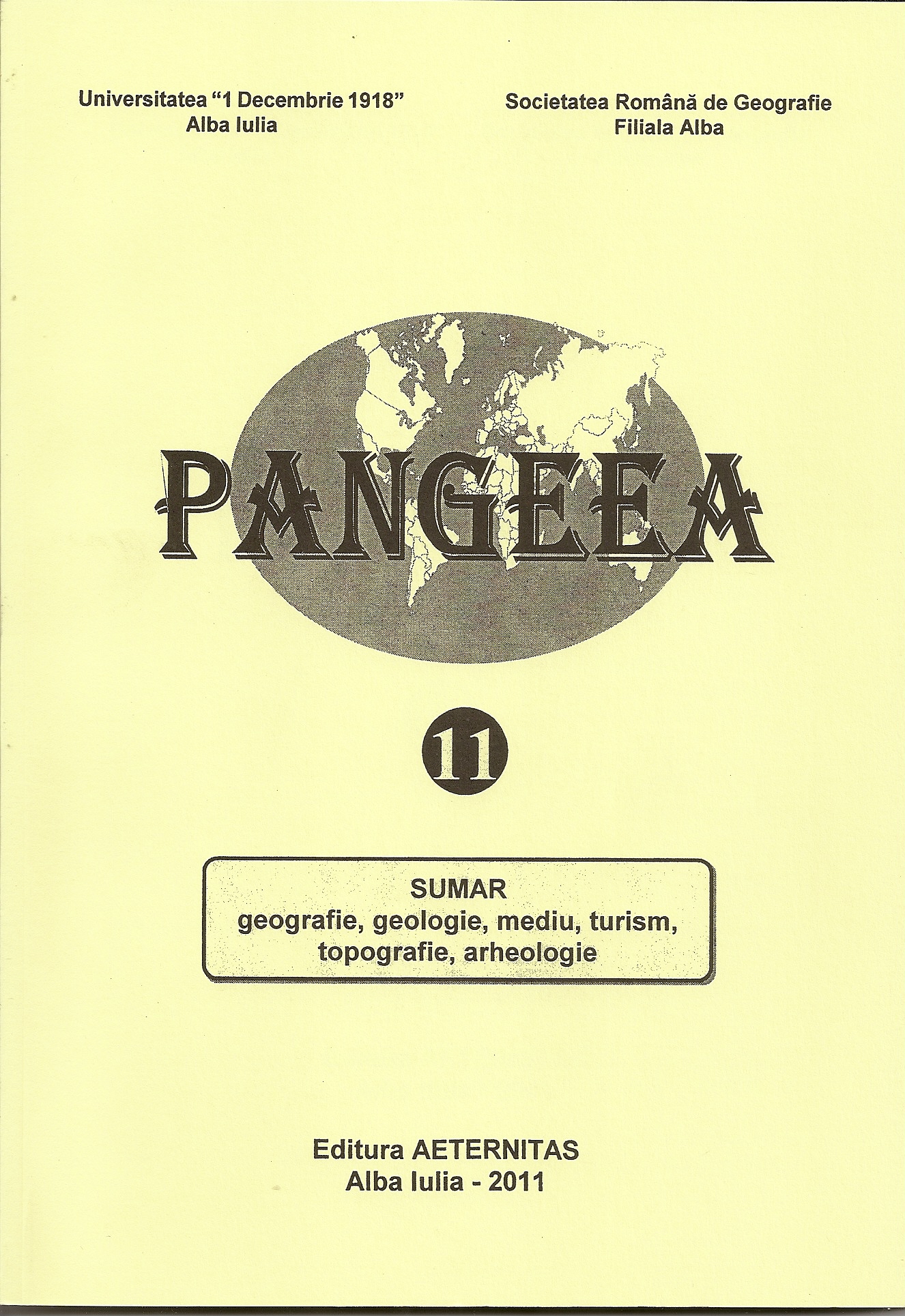RISC GEOMORFOLOGIC LA OCNA MUREŞ
Studiu de caz: Surparea din 22 decembrie 2010
Geomorphological risk in Ocna Mures. Case Study: overthrow of December 22, 2010
Author(s): Szabolcs FarkasSubject(s): Geography, Regional studies
Published by: Editura Aeternitas
Keywords: salt mines; wells; geosistem; geomorphologic risk; subsidence; sustainable development;
Summary/Abstract: The exploitation of salt in Ocna Mures began while the appearance of man in this region, given the importance of salt in human nutrition. In Roman times, Salinae was a settlementof particular importance, the Roman road on the left side of Mures, from Apulum and Brucla (Aiud), reaching this settlement. A quantum leap occurred after 1792, when, after ing. Ruszbatzky research (1791-1793), led by engineer Mészáros Gy., begin large-scale operation in rooms as reverse funnel (cone), or T. paralelipipedon. The human impact on the quality of salt massif occurred with the introduction of technology to exploit the salt wet with wells, in 1952. Ocna Mures mine was the first such operation, followed by Ocnele Mari and Târgu Ocna. Human impact on the environment started to produce massive changes in the structure salifer consistency, the effects will take place in time, knowing that the functional social-eonomic system comes at a time, in a state of involution, the operation being nonorganized at the principle of sustainable development.
Journal: PANGEEA
- Issue Year: 11/2011
- Issue No: 11
- Page Range: 138-144
- Page Count: 7
- Language: Romanian

